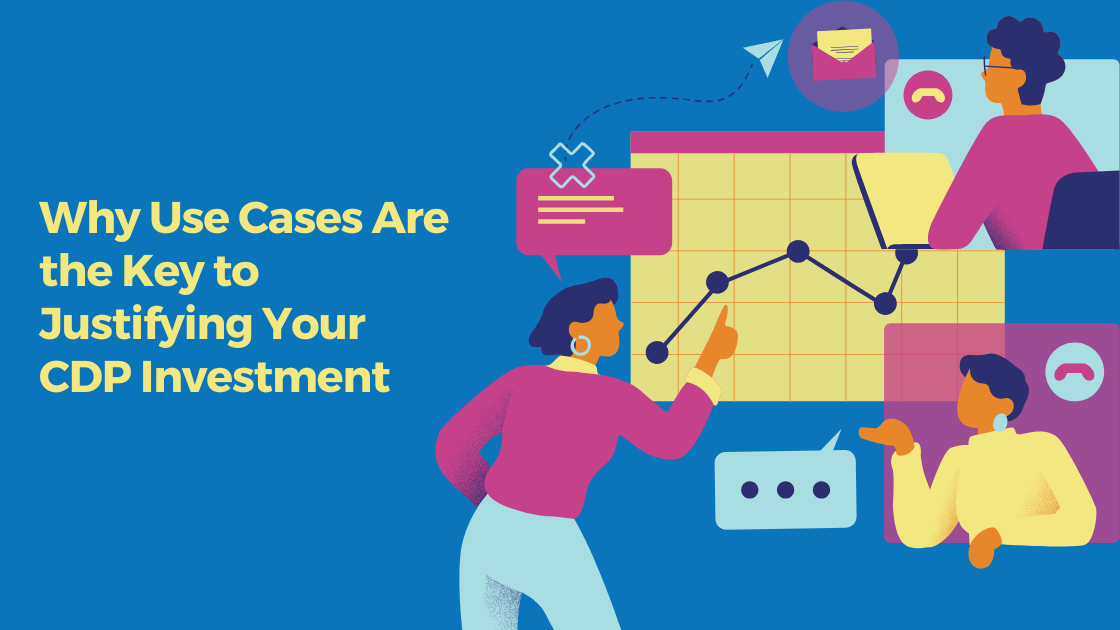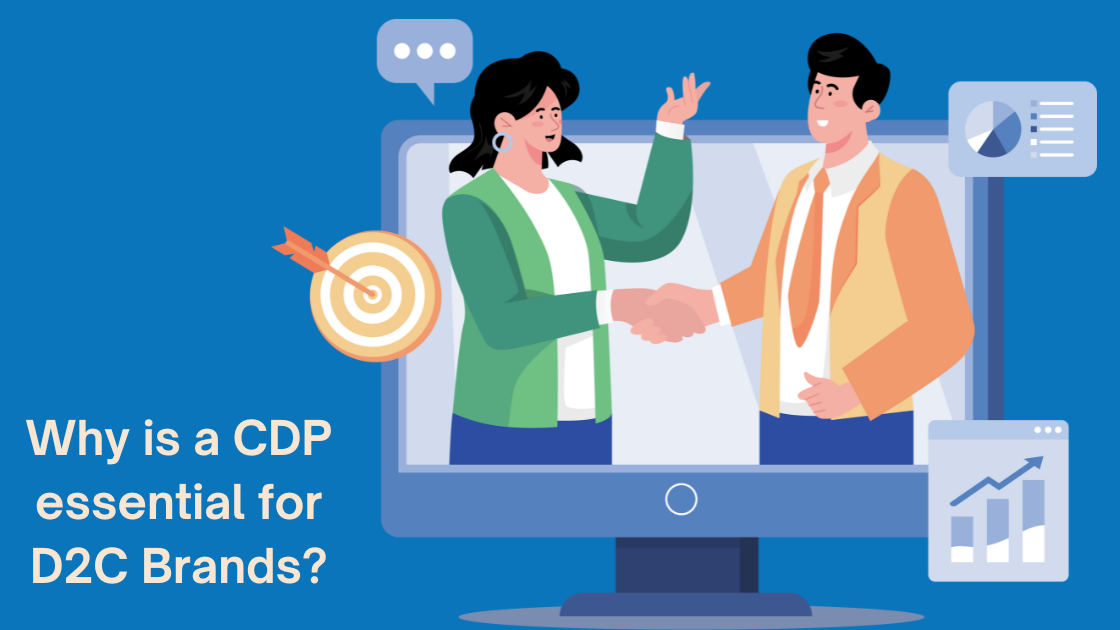-
MarTech Services
- HubSpot
- OneSignal
HubSpot
Technical Consulting
Partner with experts who understand your HubSpot systems and business needs inside out.
Revenue Operations
Drive revenue growth with tailored RevOps strategies designed for HubSpot users.
Hubspot Integration Services
Seamlessly integrate HubSpot with your existing tools to enhance operational efficiency.
Sales Enablement
Boost your sales team’s efficiency with focused HubSpot Sales Enablement solutions.
CRM Data Migration
Effortlessly migrate your CRM data to HubSpot with precision and support.
Hubspot Onboarding
Efficiently onboard clients to HubSpot, ensuring a smooth transition and rapid platform adoption.
HubSpot Administration
Maximize your HubSpot investment with expert management and optimisation tailored for HubSpot clients.
Marketing Assets Development
Develop, deploy, and manage digital assets, ensuring a fresh and engaging presence.
-
Solutions
-
Website Services
Website Development
We bring together expertise, creativity, and measurable results, making us the go-to choice for HubSpot website creation.
Website Migration
Our approach to website migration goes beyond a technical transfer; we prioritize a user-centric experience.
Website Maintenance
Optimize your online presence with effective, growth-driven websites focusing on nurturing website visitors, creating and deploying content, and tracking progress with precision.
Website Audit
Is your website performing at its peak? Our CMS Consultants are here to help you find out with our comprehensive Website Audit service.
-
Resources
-
Company
Clients
We have worked with clients from various industries across the globe, making our journey diverse and exciting.
Team
We put decades of experience where our mouth is. So what you get is market-tested and tried, not theory. We believe in plain speak, which we believe works better than jargon.
Solutions Partner
BlueOshan is not just a partner; we are among the most experienced and adept in the HubSpot ecosystem.
- Contact Us
A Comprehensive Guide to Marketing Data Lifecycle Management
Mahesh Ranganathan
August 31, 2024

Today, when consumer preferences change rapidly, and product lifecycles are shorter than ever, the ability to effectively manage marketing data has become a critical competitive advantage.
Marketing Data Lifecycle Management is the strategic process of overseeing and optimising the journey of marketing data from its initial creation to eventual archival or deletion. This ensures that your data remains accurate, secure, compliant, and, most importantly, actionable throughout its entire lifecycle.
As a marketing professional with over a decade of experience in data-driven strategies, particularly in fast-moving consumer goods, I’ve witnessed firsthand the transformative power of effective MDLM.
In this guide, we’ll explore the critical stages of the marketing data lifecycle, discuss common challenges and provide actionable best practices to help you harness the full potential of your marketing data.
The Stages of the Marketing Data Lifecycle
The marketing data lifecycle consists of six key stages, each crucial for brands looking to stay ahead in a crowded marketplace:
Data Collection: This initial stage involves gathering data from various sources such as point-of-sale systems, e-commerce platforms, social media, loyalty programs, and customer interactions. For consumer goods companies, this might include data on purchase patterns, product preferences, and promotional responses.
Data Storage: Once collected, data needs to be stored securely and in compliance with relevant regulations. This stage often involves decisions about on-premises versus cloud storage solutions and implementing robust security measures to protect sensitive consumer information.
Data Processing and Analysis: Raw data is transformed into actionable insights through various analytical techniques. This might involve data cleaning, normalisation, and applying advanced analytics or machine learning algorithms to uncover patterns in consumer behaviour or predict market trends.
Data Activation: This crucial stage involves putting your insights into action. It could mean personalising product recommendations, optimising in-store displays based on shopping patterns, or informing new product development decisions based on emerging consumer preferences.
Data Reporting: Ongoing data quality management is essential. This includes regular updates, error correction, and ensuring data remains relevant and accurate over time, which is particularly important in the fast-changing consumer goods sector.
Data Archiving and Deletion: The final stage involves responsibly retiring data that are no longer needed. This could mean archiving for historical analysis of long-term market trends or permanent deletion in line with data retention policies and privacy regulations.

Key Challenges in Marketing Data Lifecycle Management
While MDLM offers immense potential, it's not without its challenges:
Data Privacy and Compliance
With regulations like GDPR and CCPA, ensuring compliant data practices is more critical than ever. This is particularly important when dealing with sensitive consumer information.
Data Quality Issues
The old adage "garbage in, garbage out" applies here. Maintaining clean, accurate data is crucial for deriving meaningful insights.
Integration Across Systems
Many marketers use multiple tools and platforms. Ensuring seamless data flow between these systems can be tricky but is essential for a holistic view of the consumer journey.
Scalability
As your brand grows, so does your data. Effectively managing this growth is key to maintaining agile marketing operations.
Best Practices for Effective Marketing Data Lifecycle Management
To navigate these challenges and make the most of your marketing data, consider these best practices:
Establishing a Centralized Data Repository
A unified data platform can help break down silos and provide a single source of truth for all your marketing data.
Automating Data Processes
Leverage tools to automate data collection, processing, and maintenance. This not only saves time but also reduces the risk of human error.
Regular Data Audits and Quality Checks
Routine checks help maintain data quality and catch issues early.
Ensuring Compliance and Security
Implement robust security measures and stay updated on data privacy regulations.
Effective Data Governance
Clear policies and guidelines ensure consistent data management across your organisation.
Tools and Technologies for Marketing Data Lifecycle Management
Several tools can support your MDLM efforts:
-
Data Management Platforms (DMPs) help manage and analyse large volumes of data from various sources.
-
Customer Data Platforms (CDPs) unify customer data from multiple touchpoints, providing a comprehensive view of each consumer.
-
Analytics tools like Google Analytics offer insights into consumer behaviour and campaign performance.
-
Data integration tools like Segment or Zapier can help connect various data sources seamlessly.
Looking ahead, we expect AI and machine learning to play an increasingly significant role in data management, automating complex processes and uncovering deeper insights. The rise of big data will continue to shape how we approach MDLM, offering both challenges and opportunities.
Moreover, as data privacy regulations evolve, staying ahead of compliance requirements will be crucial. Brands that prioritise ethical data practices will likely see increased consumer trust and loyalty.
Talk to our experts at BlueOshan to learn more.
Mahesh Ranganathan
mahesh@blueoshan.comRelated Articles

January 20, 2025

December 20, 2024

November 25, 2024
